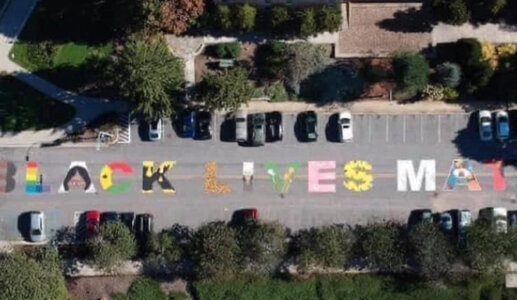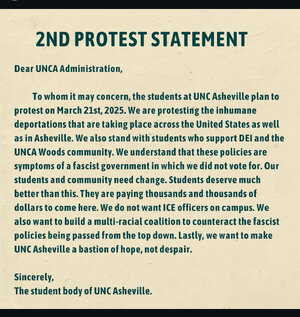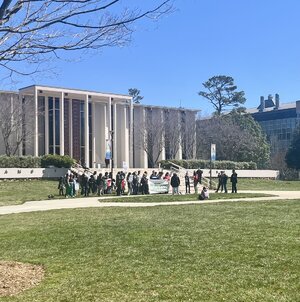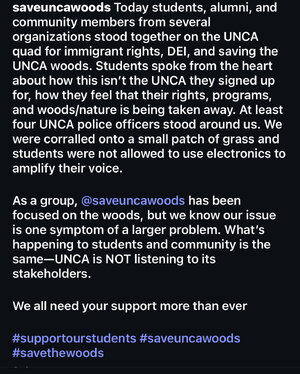7) Although that pessimistic “it will never work here” response to revitalization efforts was a solidly entrenched local reaction, the beauty of the area continued to attract hopeful new residents. In particular, two new residents, picked up the baton after the political backlash in the 80’s forced the public sector to back off.
Roger McGuire was indefatigable in working to drum up support for revitalizing downtown, raising money and leading nonprofit efforts to that effect; and leading the campaign for a new arts and science center downtown. Julian Price, after conversations with Roger, committed his small fortune to supporting downtown entrepreneurs and creating places for people to live downtown. Those two men, along with the local creative-types and artists who had served as pioneers of downtown living and as entrepreneurs running some of downtown’s shops, kept the faith and made extensive personal commitments to bring the heart of the city back.
8) Roger and Julian both saw the need to create residential activity in formerly empty downtown buildings. Julian’s company in particular,
Public Interest Projects, planned and helped put in place an interesting mix of downtown businesses by either financially supporting local entrepreneurs or creating businesses out of whole cloth, so that downtown would have: a great local bookstore, a movie theater, a European bakery, a grocery store, a number of interesting and appealing restaurants, a nationally known live music club, and high-speed Internet for downtown, while at the same time creating a number of affordable market rate apartments and condominiums so that people could live downtown.
9) Creating significant residential opportunities downtown and the pioneering response of the people who took up the challenge of downtown living had an almost magical effect on the atmosphere downtown and encouraged more and more local entrepreneurs to take part. Soon other local developers saw the opportunities and also took part, taking advantage of the stock of interesting historic buildings suitable for renovation. At present the process continues unabated and is, in fact, picking up steam as hotels and other residential opportunities are being added downtown. A looming challenge, with downtown’s booming popularity, will be creating moderately-priced housing downtown so that more people who want to live downtown, can do so, while also preserving the character of downtown and the diverse energies created by the strong local business vibe.
10) All of the above is a vast oversimplification of the process and doesn’t do justice to all the people who took part, but the public/private efforts which gave us the Asheville downtown that people love today assuredly did not “just happen."









